Abstraction
Joseph Primiani
Alex Minassian
Lisa Maldonado
Angela Maher

CUBISM
- Art is broken down, analyzed and reassembled into abstract forms
- Analytical Cubism (1907-1911): Fragmentary appearance of multiple viewpoints and overlapping planes
- Synthetic Cubism (1912–1914): Simpler shapes, brighter colors


Les demoiselles d'Avignon (1907)
- Inspired by tribal art and geometric renditions of nature led to invention of collage
- Began to conceive ideas of a picture as an arrangement of signs
Pablo Picasso

Violin and Pallete (1909)
- Frequent collaborated with Picasso
- Shares similar pallets, style, subject
- "Devoid of iconological commentary"
- Primarily concerned with space and composition
Georges Braque

- Artwork more graphic
- Distinguishable thanks to his background in illustration
- His saturated colors influence upcoming art movements
Still Life with Open Window (1915)
Juan Gris



Cubism's use of fragments assisted in furthering the many different typographical movements during the 20th Century
Design creates a tension that challenges viewers to interpret the subject matter
Type integrated into the artwork


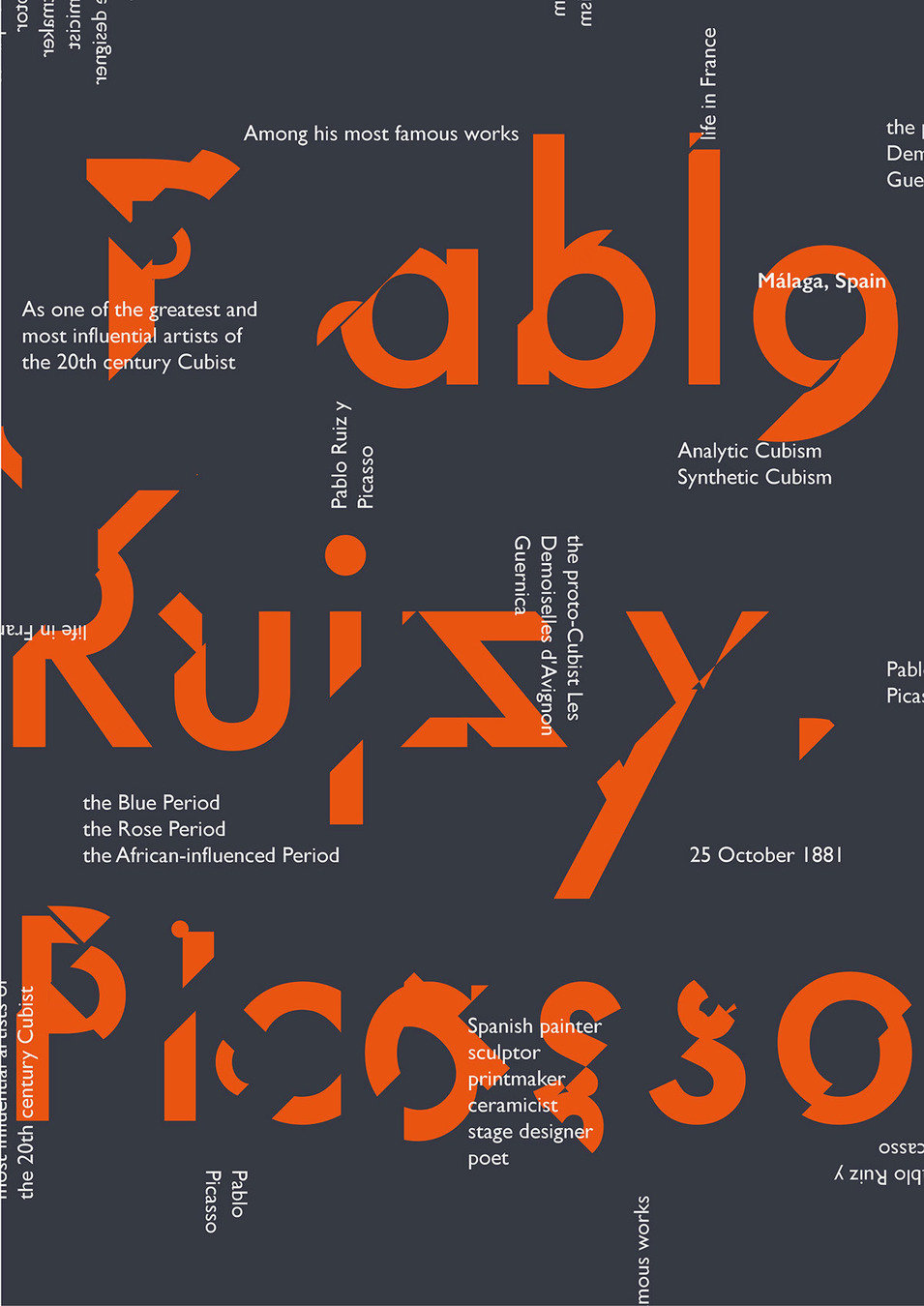

Newspapers, Advertising and Packaging were treated as a part of contemporary urban life
- Collage
- The Painted Letter

FUTURISM
- Embraced technological progress and dynamism of the modern age
- Emphasized speed, technology, youth and violence in the years preceding World War I



The Charge of the Lancers (1915)
Cyclist (1916)
Abstract Speed + Sound (1914)
- Poet & painter
- Father of Futurism in Ukraine and Russia
- Fascinated with nature and Scythian culture
Encounters Cubism, matches its style with dynamism and violent societal upheaval
- Sculpter
- Painter
- Depicts light, movement and speed
Umberto Boccioni
David Burliuk
Giacomo Balla

Manifesto of Futurism (1909)
Filippo Marinetti
Collection of proposals and views that expressed a rejection of the past while embracing modernization
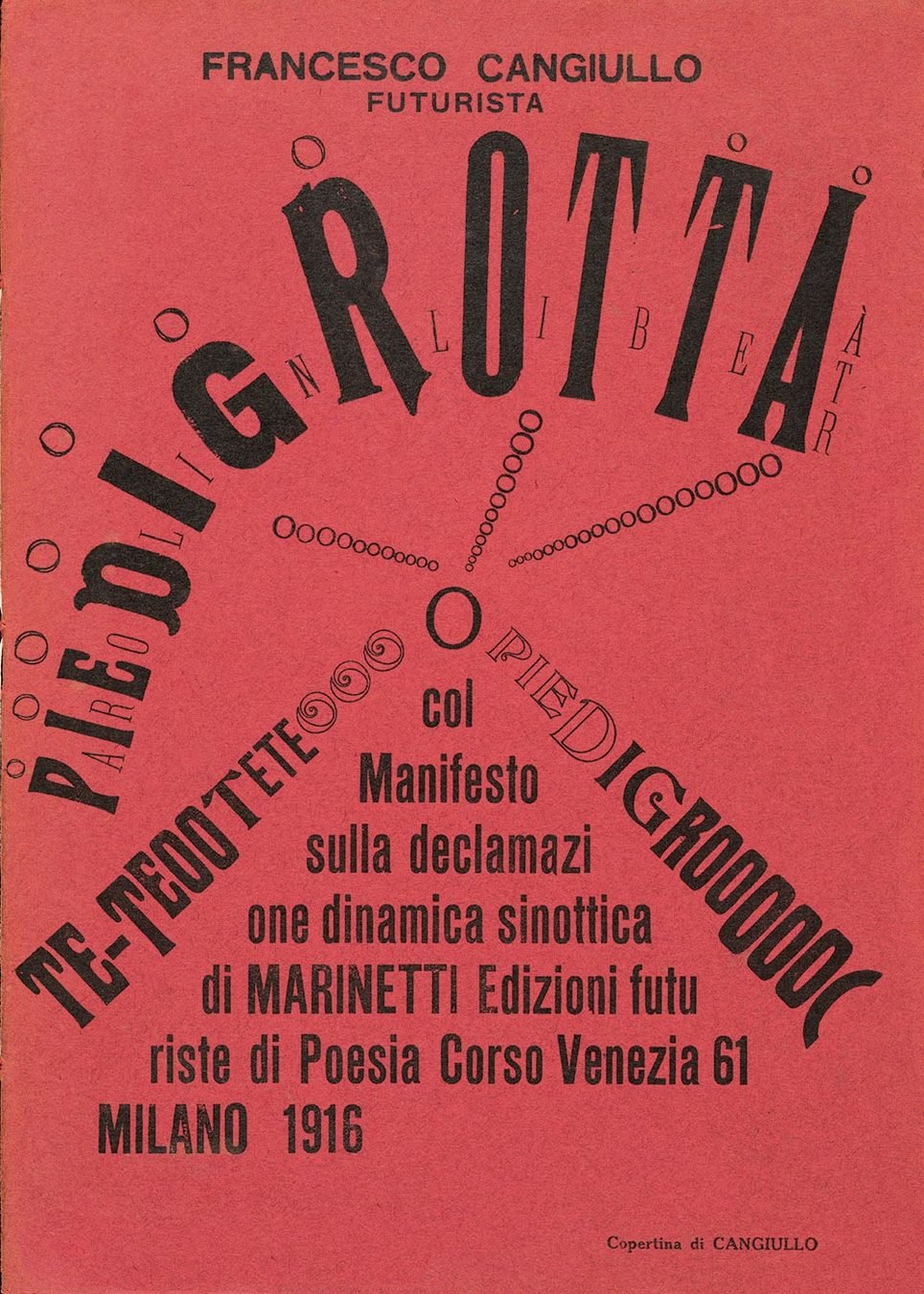

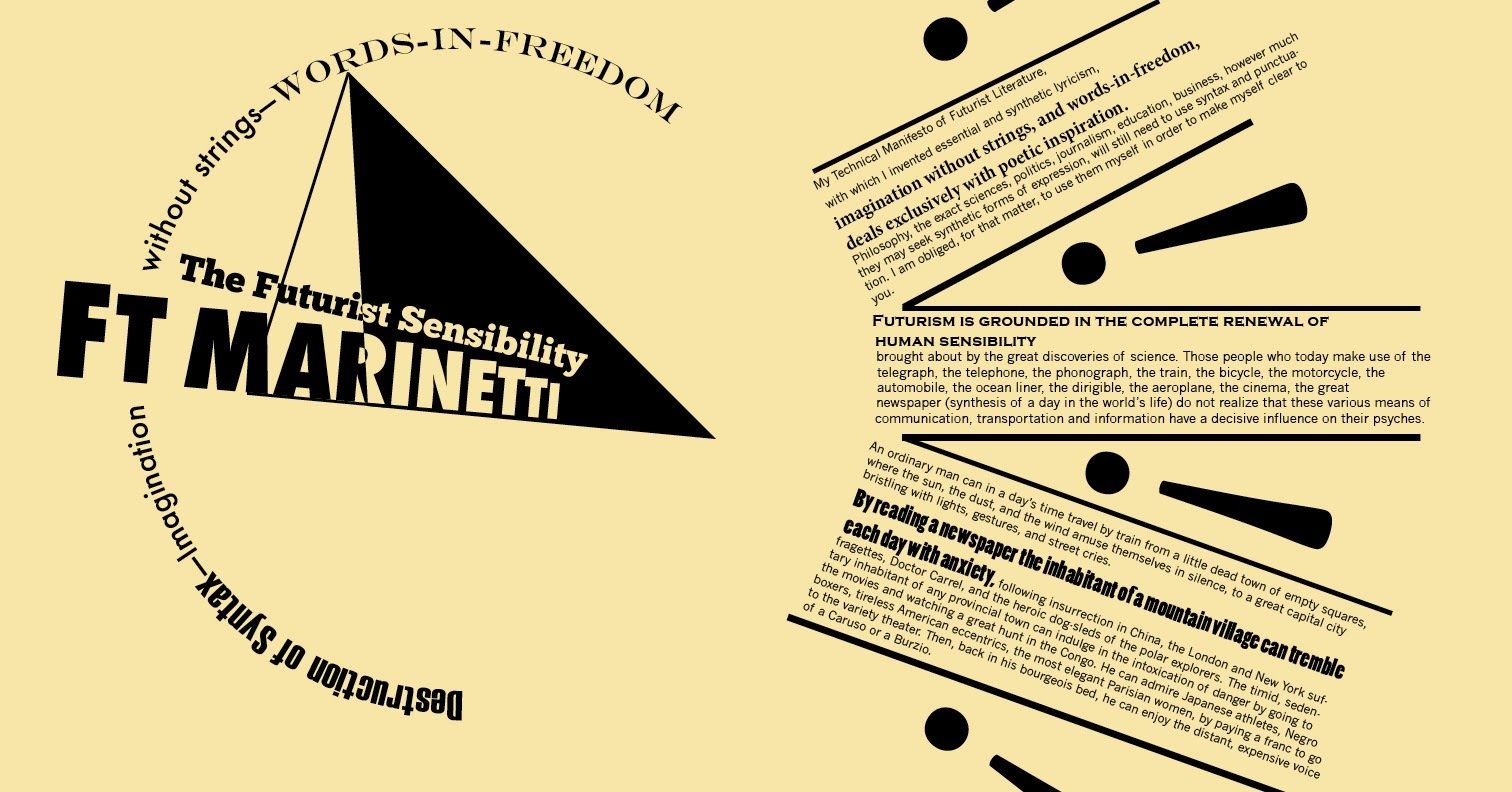
Filippo Marinetti abandoned traditional grammar, punctuation and format to create vivid pictorial typographic pages
Nouns
"I call for a typographic revolution directed against the idiotic and nauseating concepts of the outdated and conventional book..."
Hierarchy determined through size, weight and placement
Verbs
Adjectives
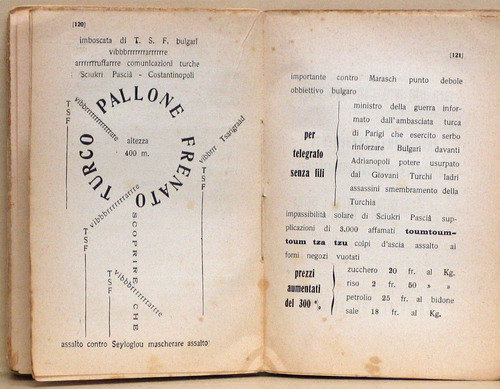
Constructivist Movement
Monument to the Third International, Tatlin (1919-1920)

Constructivism
- Was an architectural movement that started in 1913 in Russia by Vladmir Tatlin
- Influenced the Bauhaus and De Stijl movements and other subjects such as graphic design and industrial design
Spatial Construction 12, Rodchenko (1920)
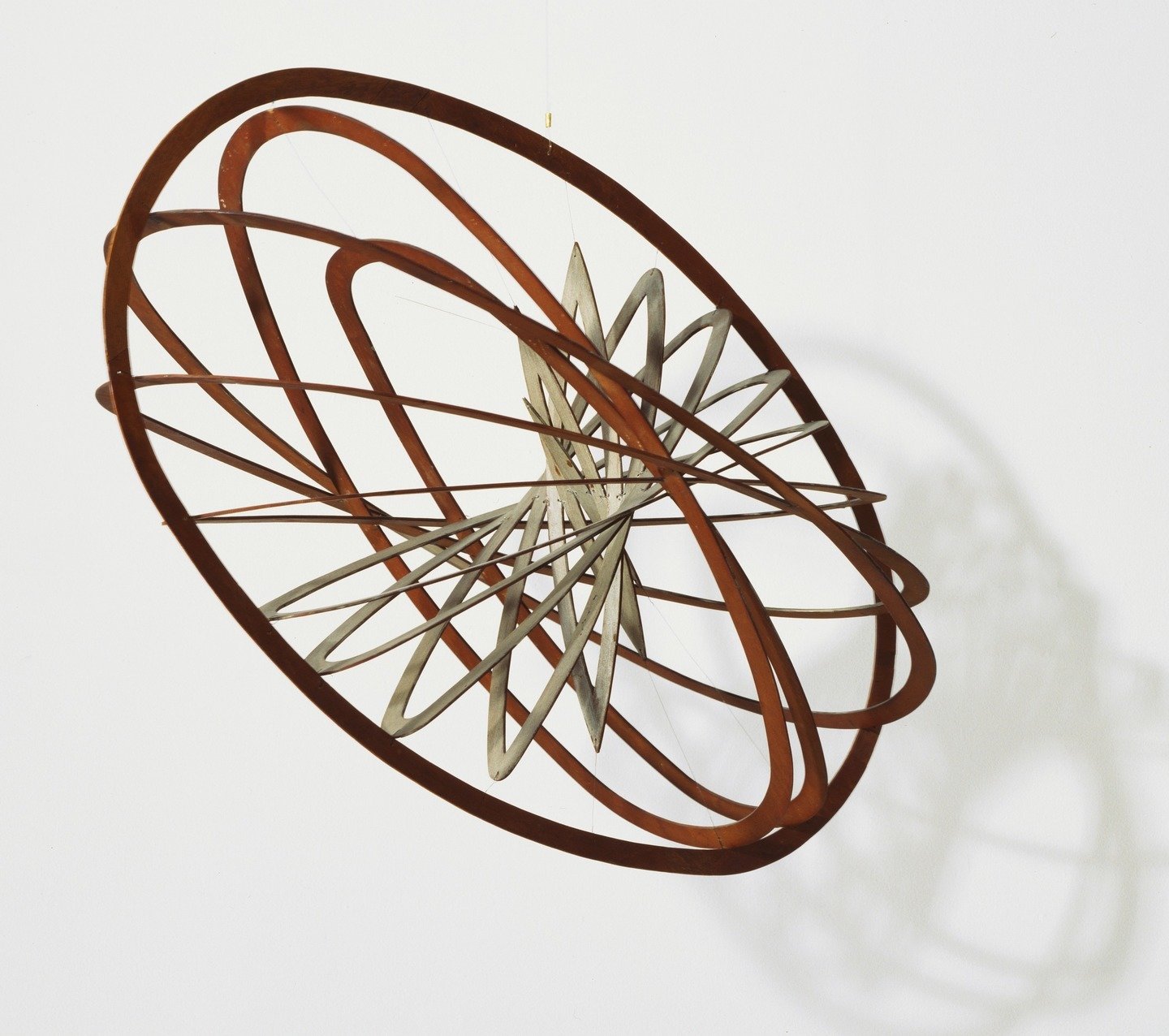
El Lissitzky (1890-1941)
- Avant Garde artist that used a lot of abstract imagery
- Used a lot of shapes and colors to tell stories

Beat The Whites With The Red Wedge (1919)
Varvara Stepanova (1894-1958)
- Shows direct influence to cubist and futurist movements
- Created variety of things such as posters to costumes
Ad for Lengiz Publishing House

Aleksandr Rodchenko (1891-1956)
- Constructivist that later become futurist designer
- Wanted to take a physical approach to changing both Russia’s politics and society
Dance, An Objectless Composition (1915)

Kazmir Malevich (1879-1935)
- Created "supremacist" style as a symbol that the color and shape should rein supreme over the image or narrative
- Believed art should transcend subject matter
Airplane Flying (1915)

Gustav Klustis (1895-1938)
- Made photomontages very popular which led to the soviet state and its workers to even further towards modernization
- Murdered by Stalin due to Latvian heritage
Construction (1921)

Karel Teige (1900-1951)
- Edited very influential Avante Garde journals in Czech and International Culture Affairs
- His work has been revived in many countries including Prague after 1989
Stavba a basen (1927)


Dada Movement
Cut with the Kitchen Knife (1919) - Hannah Hoch
Dadaism

- Reaction to the nationalism and industrialization that led to WWI
- Mocked nationalism, materialism, posed questions about life, etc.
- Made use of readymade objects and collage
L.H.O.O.Q. (1919) - Marcel Duchamp
Dada & Typography

- Mixing of different fonts
- Us*ng punctuation in un!ntended ways
- horizontal and
Poster for Salon Dada (1921) - Tristan Tzara
vertical type, etc.
Slanted type,
Every page should explode, either because of its staggering absurdity, the enthusiasm of its principles, or its typography.
- Tristan Tzara
“
Dada Works


Fountain (1917) - Marcel Duchamp
Cover of the Exhibition of the First Dada Fair (1920) - John Heartfield and others
Kurt Schwitter

-
German painter, sculptor & typographer
-
Released periodical called Merz; very experimental
Samples of Merz Publication - Kurt Schwitter
Kurt Schwitter's Work
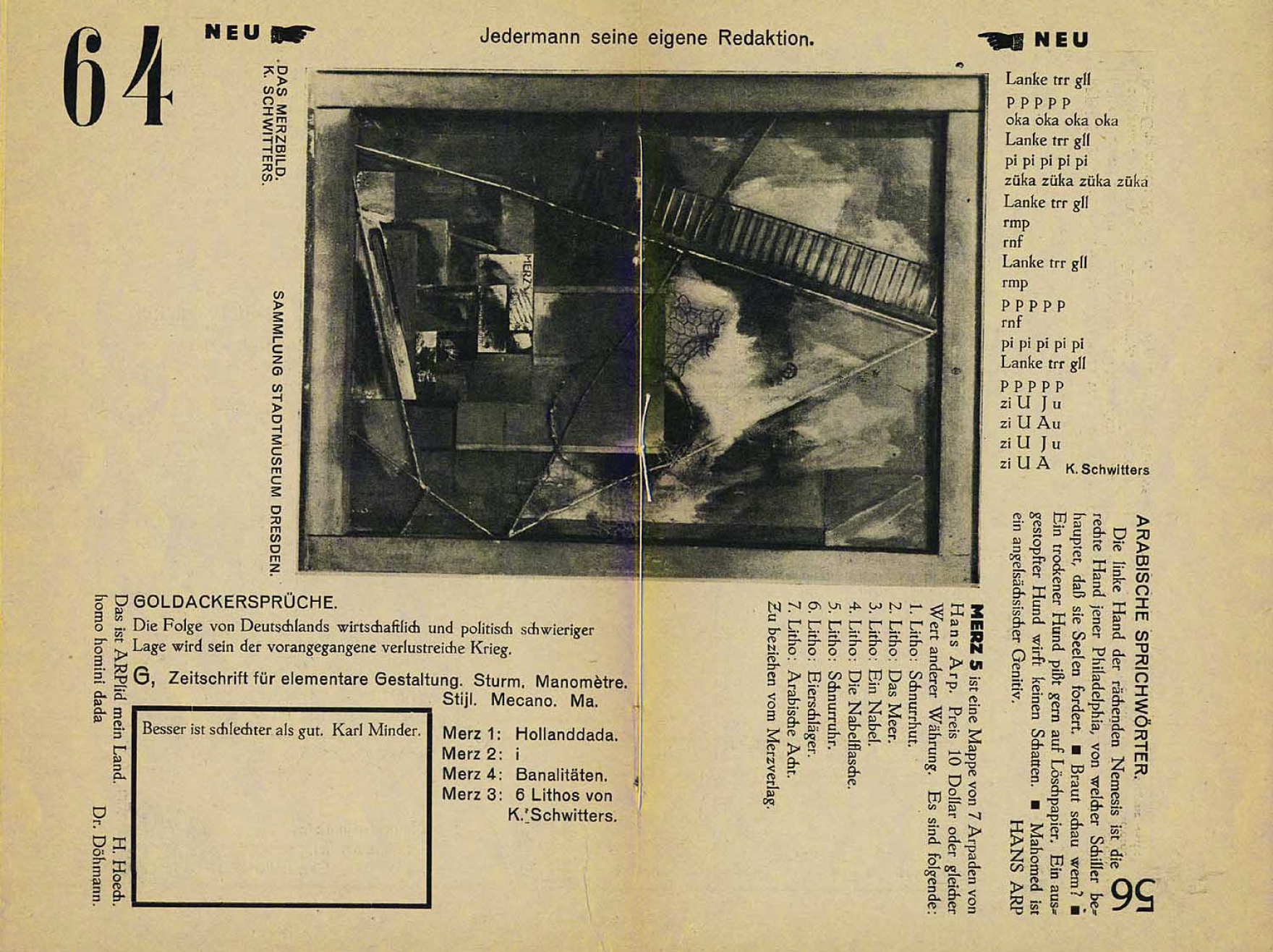
Page from Vol. 6 of Merz
Kurt Schwitter's Work
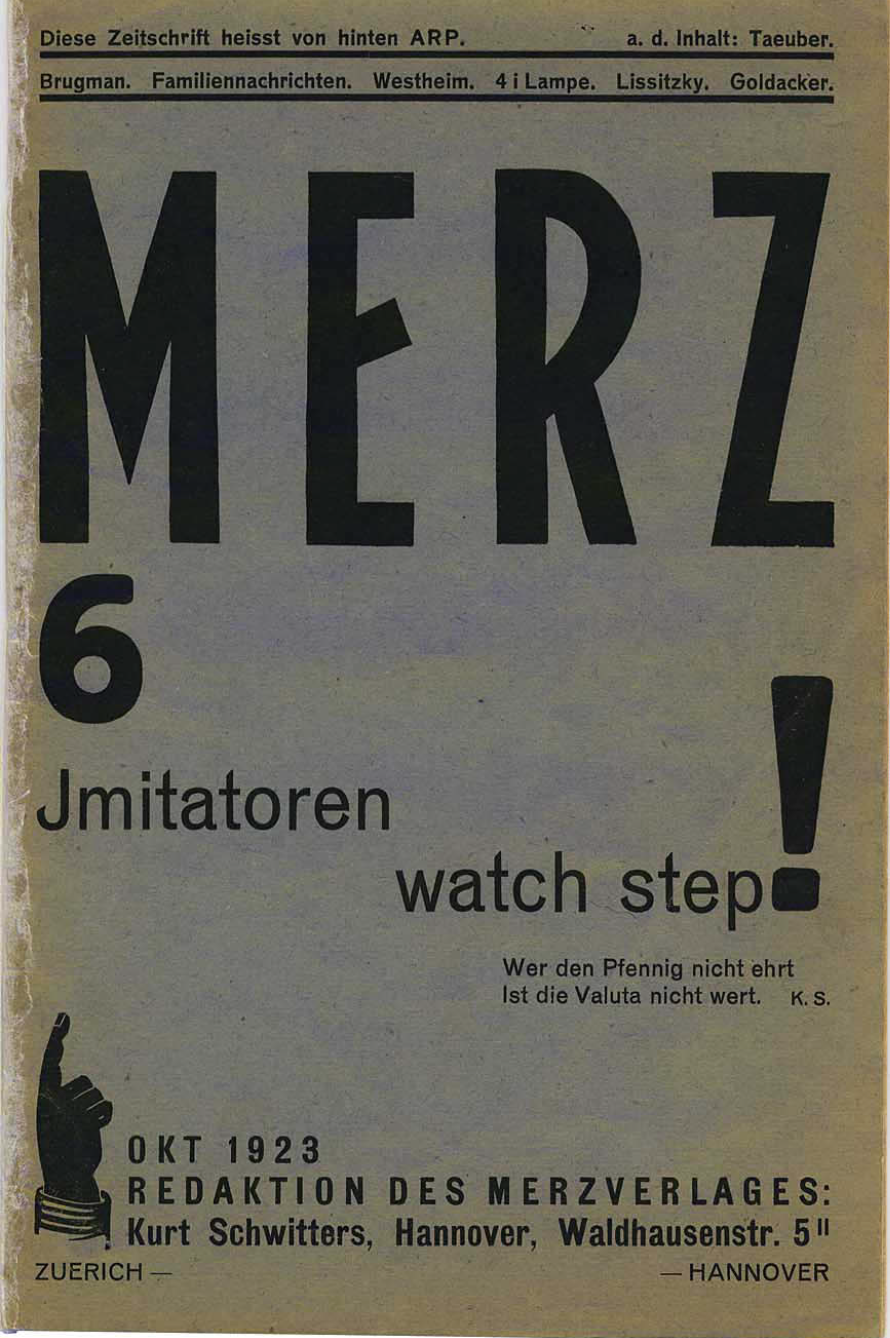
Page from Vol. 6 of Merz

Cover of Vol. 6 of Merz
John Heartfield

-
German graphic designer and artist
-
Designed book jackets, typography and layouts
-
Produced political photomontages
Mimikry (1935)
John Heartfield's Works

Inside Jedermann sein eigner Fussball (Everyone His Own Soccerball)

Cover of the newspaper Jedermann sein eigner Fussball (Everyone His Own Soccerball)
John Heartfield's Works

5 Finger Has a Hand (1928)

Surrealism
African Sonata - Vladimir Kush
Surrealism

- Art movement about embracing the irrational
- Revolved around expressing the true unconscious thoughts
- Heavily inspired by Freud
The Persistence of Memory (1931) - Salvador Dali
Surrealism & Typography

- Was more of an art movement than a design movement
- Often the typographic work was surreal and expressive in itself
- Strongly inspired by Dada
Alphabet by Jindřich Heisler & Arrangement by Pierre Faucheux for Les manifestes du surréalisme
Jindřich Heisler
- Czech poet, photographer and a maker
- Joined the Surrealist movement after surviving German occupation
- Known for creating wood cut alphabet

Woodcut Replica of Heisler's Alphabet
Jindřich Heisler

Woodcut Replica of Heisler's Letter A
Pierre Faucheux

-
French graphic designer, typographer & architect
-
Tried to express ideas with his open use typography
-
Known for designing book covers
Cover of Elevator to the Gallows
Pierre Fauchex's Work


Cover of Impressions of Africa
Cover of Jacques the Fatalist and his Master
Pierre Fauchex's Work


Cover of Poetry
Back of Poetry
Stefan Sagmeister

-
Austrian Graphic Designer and Typographer
-
Works in NY at his own design firm
-
Known for designing album covers
Everything I Do Always Comes Back to Me (2008)
Stefan Sagmeister's Work


Sagmeister's Design Firm's Campaign for Aizone Fall/Winter 2013
Stefan Sagmeister's Work


CD Cover for Pat Methany, Imaginary Day (1997)
Avant Garde Movement

-
Experimental in nature
-
A label given to artists and work that challenges traditional and current art movements by exploring new forms
-
Art should be judged primarily on the quality and originality of the artist's vision and ideas
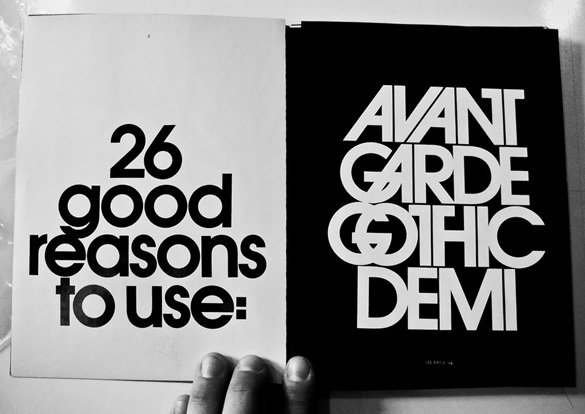

Guillaume Apollinaire
French poet and art critic
Became famous for his experimental visual appearance of poetry using unconventional layouts and typography
Lines of poems were arranged in the shape of the object it described





Hugo Ball
Born in German 1886
Pioneer in development of sound poetry
In 1916, influenced the Dada movement with the Dada Manifesto



Hugo Ball reading his poem, "Karawane"
Poem consists on nonsensical words
Meaning resides in its meaninglessness
Pushes boundaries

Hugo Ball
Typography
Thank You!
Early 19th Century Art and Design Movements
By Lisa Maldonado
Early 19th Century Art and Design Movements
- 1,094



